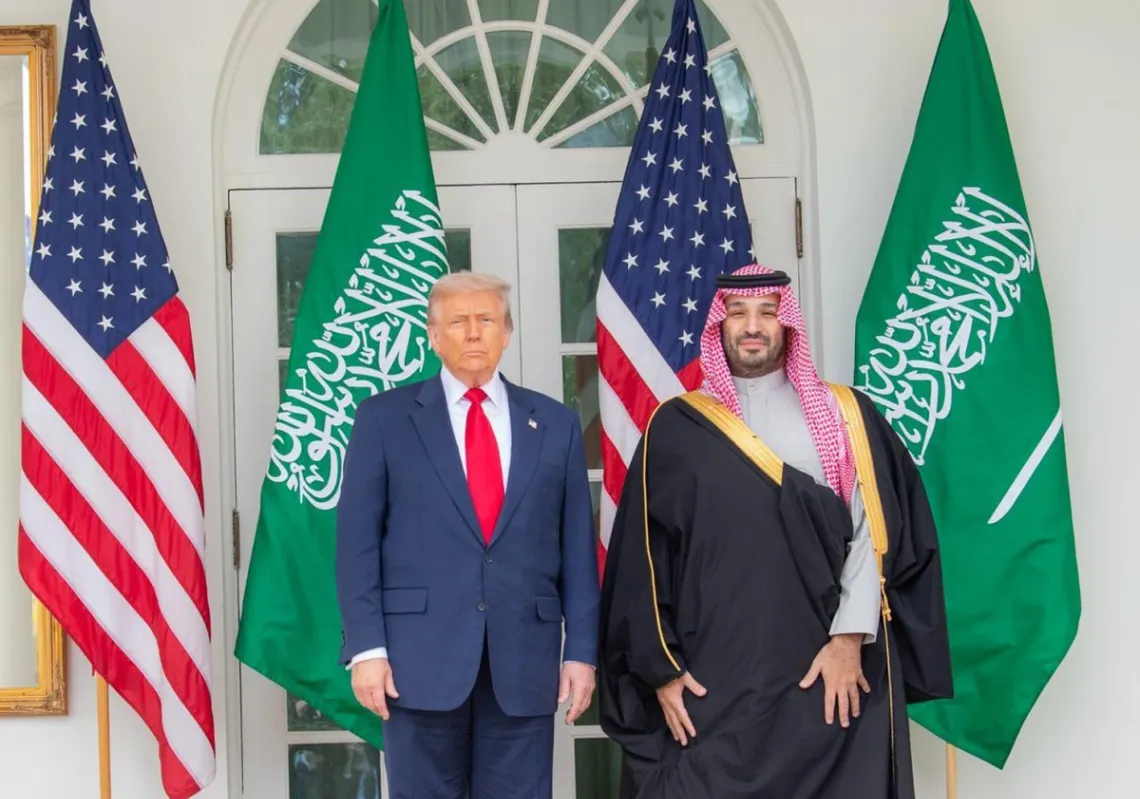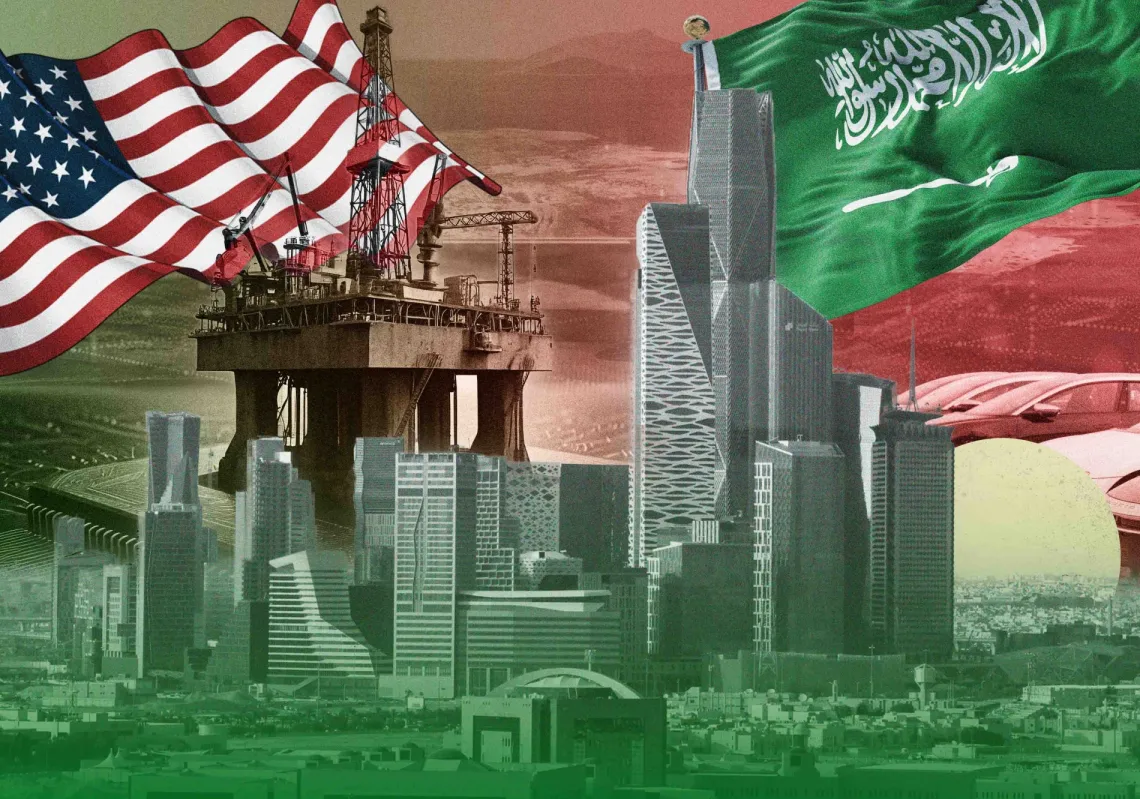The Biden administration in 2024 will not withdraw from all its bases around the Middle East, but the future of its military forces in Iraq and Syria is less certain.
Most of the 30,000 American forces in the Middle East are at bases in Kuwait, Bahrain, Qatar, and the United Arab Emirates. The American Navy has had a headquarters for its Arabian Gulf fleet since the British military left these waters in 1971.
The Bahrain headquarters originally aimed to deter Soviet penetration of the Gulf. In the last two decades, the mission has focused on deterring Iran and combating piracy in the Arabian Sea. Those missions will continue even after the naval forces’ fight against the Houthis ends.
The Americans also operate ground and air units out of two Kuwaiti bases; these deployed started after the liberation of Kuwait from Saddam Hussein in 1991.
The al-Udeid airbase in Qatar is the biggest American base in the region and is a major command centre.
After 9/11, the Americans began using al-Dhafra airbase in the United Arab Emirates, and they also have training and advisory missions in Jordan and Saudi Arabia. These Arab states welcome the American presence.
Washington’s concerns about Iran, as well as the emerging Chinese role in the region, make it very unlikely Washington will leave these bases unless the Arab governments tell the Americans to depart.
However, the situation of American forces in Iraq and Syria is more difficult as increased attacks from militias backed by Iran have killed and injured tens of soldiers and reduced the forces’ effectiveness.

A February 5 report from the inspectors of the State and Defence Departments said that the militia attacks had diverted resources away from pursuing the American mission chasing Islamic State (IS) remnants and strengthening partner forces in Iraq and Syria.
The report added that meetings between American officers, local military, and political figures have been delayed or cancelled.
On a more positive note, the February report also relayed the conclusion of American intelligence that IS in Iraq and Syria is “militarily defeated” and only trying to survive.
IS “is unable to undertake large, complex attacks either in Syria or Iraq or in foreign states.” Small IS groups still can conduct small ambushes in Iraq and Syria, but they do not threaten government control of cities.
Notably, in Iraq, IS was unable to disrupt recent local elections or religious observances in Karbala and Baghdad.
Iraq presence
Iraqi Premier Mohammed Shia' Al Sudani has emphasised that Iraqi forces can control the remaining IS elements in Iraq and, therefore, the two governments should negotiate an end to the international coalition’s presence in Iraq.
Al Sudani hopes for good bilateral relations with Washington, including military relations. The Iraqis need American technical help to maintain their American weapons, such as the F-16 fighters.
In January 2023, Al Sudani told an American newspaper that he had no timetable for withdrawing US forces. His government’s tone is changing, however.
During the past month, Al Sudani’s spokesman called the American air strikes in Iraq and the assassinations of militia leaders who are attacking the Americans “destabilising” and serious “violations of Iraqi sovereignty.”












